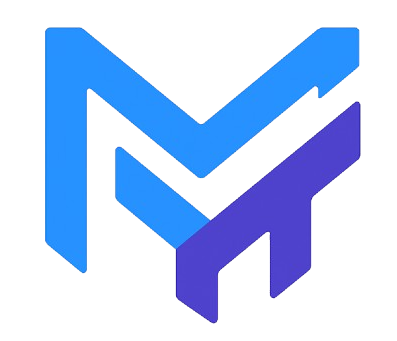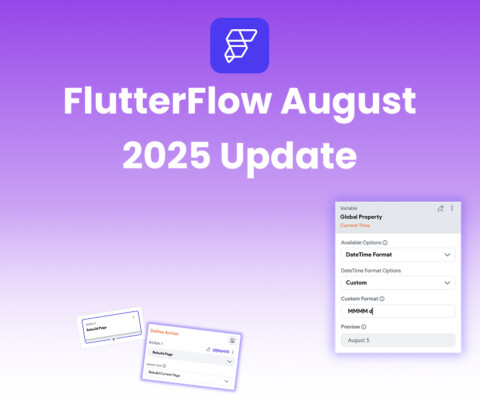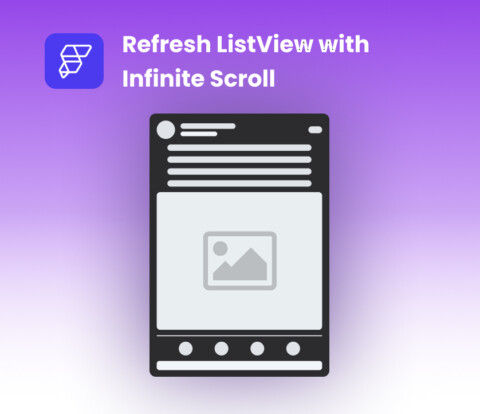Introduction to FlutterFlow
Overview and Origin
FlutterFlow app builder is a powerful no-code tool. It helps you quickly build mobile, web, and desktop apps without needing to code. Built on top of Google’s Flutter framework, The FlutterFlow team launched the platform on May 19, 2021, at Google I/O 2021 by two former Google engineers. Backed by Y Combinator, it has quickly gained traction for its intuitive approach to app development, making it accessible to both developers and non-technical users.
Purpose of FlutterFlow
The primary purpose of FlutterFlow is to make app development easier for everyone by enabling users to create high-quality, fully functional applications without extensive coding knowledge. It aims to reduce development time and costs, allowing entrepreneurs, startups, small businesses, and developers to rapidly prototype, build, and deploy apps. By leveraging Flutter’s performance-oriented framework and Dart programming language, FlutterFlow ensures that apps are not only built quickly but also perform seamlessly across iOS, Android, and web platforms. Its visual drag-and-drop interface and pre-built components make it an ideal tool for creating Minimum Viable Products (MVPs), iterating designs, and scaling ideas into market-ready products.
FlutterFlow App Builder Features
FlutterFlow provides a browser-based, visual development environment where users can create apps using a drag-and-drop interface with over 170 pre-built components and 80+ widgets. Key functionalities include:
- UI Design: Users can design responsive layouts with pre-built templates, widgets, and animations, customizing elements like buttons, forms, and Lottie animations to match brand aesthetics.
- Backend Integration: Seamless integration with Firebase, Supabase, and custom APIs for data management, authentication, and server-side logic. For example, you can connect to Firebase in just a few clicks.
- Code Export: Automatically generates clean Dart code that can be exported to Flutter projects for further customization or integration.
- Real-Time Collaboration: In addition, the platform supports real-time collaboration. Supports team collaboration with features like project sharing, version control, and live previews for iterative feedback.
- AI Assistance: FlutterFlow’s AI Gen feature allows users to describe app features, and the AI generates tailored templates or code snippets, streamlining development.
- Publishing your app: Simplifies publishing to the Apple App Store, Google Play Store, and web with minimal effort.
FlutterFlow is particularly suited for rapid prototyping, building MVPs, and creating apps with complex UI/UX without sacrificing performance or scalability.
Is FlutterFlow Free or Paid?
FlutterFlow offers both free and paid plans to cater to different user needs:
- Free Plan: Includes basic features like the UI builder, pre-built widgets, Firebase integration, and the ability to preview and run apps. It’s ideal for beginners or those testing the platform.
- Standard Plan ($30/month): Adds features like downloadable source code, APK builds, and sample apps, suitable for individual developers.
- Pro Plan ($70/month): Includes advanced features like GitHub integration, automated testing, one-click localization, and direct publishing to app stores.
- Enterprise Plan: Tailored for large organizations with custom pricing, offering enhanced security, compliance, and support for teams.
Current college/university students and educators can access a free one-year trial of the Premium plan. The free tier is robust for learning and small projects, but advanced features require a paid subscription.
FlutterFlow vs. Flutter: Which Is Better?
Comparing FlutterFlow to traditional Flutter development depends on project needs:
- FlutterFlow:
- Pros: Faster development with a visual interface, no coding required for basic apps, ideal for non-developers, startups, and rapid prototyping. It simplifies backend integration and offers team collaboration tools.
- Cons: Limited customization for complex features, potential dependency on FlutterFlow’s update cycle, and generated code may be less maintainable for large-scale apps.
- Flutter:
- Pros: Offers full control over UI, logic, and performance, highly customizable, and supported by a vast open-source community. Ideal for complex, can grow with your needs, and high-performance apps.
- Cons: Requires coding expertise in Dart, longer development time, and higher costs due to the need for skilled developers.
Verdict: FlutterFlow is better for quick, cost-effective app development, especially for non-technical users or small to medium-sized projects. Traditional Flutter is preferable for large-scale, highly customized applications where performance and flexibility are critical. Many developers use FlutterFlow for prototyping and switch to Flutter for scaling, leveraging the ability to export Flutter code.
Is FlutterFlow AI Free?
FlutterFlow’s AI Gen feature, which generates app templates or code based on user descriptions, is available across all plans, including the free tier. However, the extent of AI functionality may be limited in the free plan compared to paid tiers, where advanced integrations and customizations are unlocked. For instance, generating complex features or integrating AI-generated code with custom APIs may require a Standard or Pro plan. Additionally, FlutterFlow recently announced DreamFlow, an AI-first feature that creates apps from text descriptions, set to integrate with FlutterFlow for further customization. While DreamFlow’s pricing details are not fully disclosed, its core AI capabilities are expected to be accessible in the free tier with limitations.
The FlutterFlow Community
The FlutterFlow community is vibrant and rapidly growing, offering a supportive ecosystem for users of all skill levels. Key aspects include:
- Community Forums: Official forums on community.flutterflow.io allow users to discuss ideas, share projects, ask questions, and troubleshoot issues.
- Marketplace: A hub for free and paid templates, widgets, and components created by the community, enhancing development speed and customization.
- Resources: Extensive documentation, in-app tutorials, YouTube videos, and the FlutterFlow Playground (a sandbox for testing without signing up) provide robust learning support.
- Collaboration: The community fosters collaboration through shared projects, feedback loops, and contributions to FlutterFlow’s roadmap, with many user suggestions implemented in updates.
The community is particularly valuable for beginners learning no-code development and for experienced developers seeking advanced tips or workarounds for platform limitations.
Stay Updated with FlutterFlow
To keep up with the latest FlutterFlow features, tutorials, and development tips, subscribe to our newsletter! You’ll receive regular updates on new widgets, AI enhancements, community projects, and best practices to elevate your app-building skills. Join thousands of developers and entrepreneurs in the FlutterFlow ecosystem and bring your app ideas to life faster than ever. Sign up today at flutterflow.io and explore our resources to start your no-code journey!
Related Article:
Stripe integration with Flutterflow: Hold and Capture Payment Usecase






